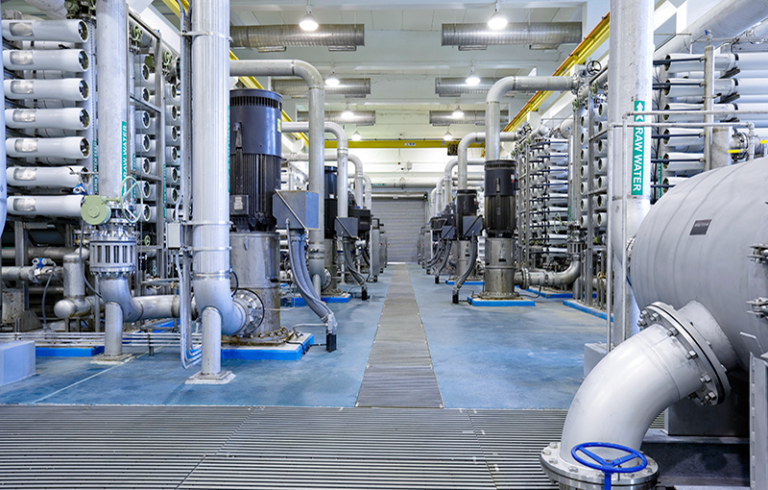Contact Us
Great things in business are never done one. They're done by a team of people.
Great things in business are never done one. They're done by a team of people.

Wastewater treatment is a type of sewage treatment which intends to get rid of contaminants from sewer to generate an effluent that appropriates for discharge to the surrounding setting or an intended reuse application, thus preventing water pollution from raw sewage discharges.
A smart automation system can improve the overall efficiency of pump performance in wastewater treatment facilities. The use of intelligent analytics allows plant managers to evaluate overall efficiencies and costs of operations. Using predictive analytics, plant operators can detect pump performance problems before they happen. The benefits of smart automation are many and include:
Advanced motor controls are designed to control pump performance. They minimize energy consumption by reducing motor horsepower. By selecting the right motor controls, energy savings can be as much as 20% to 50%. Pump motor control is dependent on horsepower load. Contactors are divided into main contacts and auxiliary contacts that serve as signaling circuits. The main contactor, or NEMA, carries current. The secondary contacts are only used as a safety measure.
Plant Automation improves the process of wastewater treatment. The data provided by automated systems allows plant operators to reduce chemical additives and extend equipment life. A wastewater treatment plant’s control room also has access to this data. By using remote and online monitoring, data from wastewater treatment facilities can be analyzed. By analyzing data, plant operators can make better use of their resources and maximize their return on investment. Automation also helps reduce operating expenses.
The automation of wastewater treatment processes helps optimize the use of chemicals, minimize waste and ensure the proper handling of solids. The increased efficiency of wastewater treatment plants will also help them avoid fines for breaching discharge permits. Automation also saves labor resources and employee time, allowing operators to engage in more valuable activities. In addition, wastewater treatment facilities can monitor the pH level in water holding tanks and the depth of slush beds.
Automation has the potential to reduce energy consumption and maximize process efficiency. Often, aeration basin blowers account for up to 60 percent of plant energy costs. By automating aeration basins, operators can deliver precisely measured amounts of air, thereby removing solids more effectively. Additionally, automated aeration basins can be programmed to remove specific amounts of solids when needed, thereby reducing overall energy costs.
Another strategy for aeration control is called feed forward control. This strategy involves measuring the load in the wastewater basin and adjusting the valves and blowers to match the level. It requires a reasonably accurate model of the influent and effluent so that the process can meet regulated DO levels. This strategy is preferred over feedback control in peak-loading situations and produces higher-quality effluent consistently.
Adding {{itemName}} to cart
Added {{itemName}} to cart